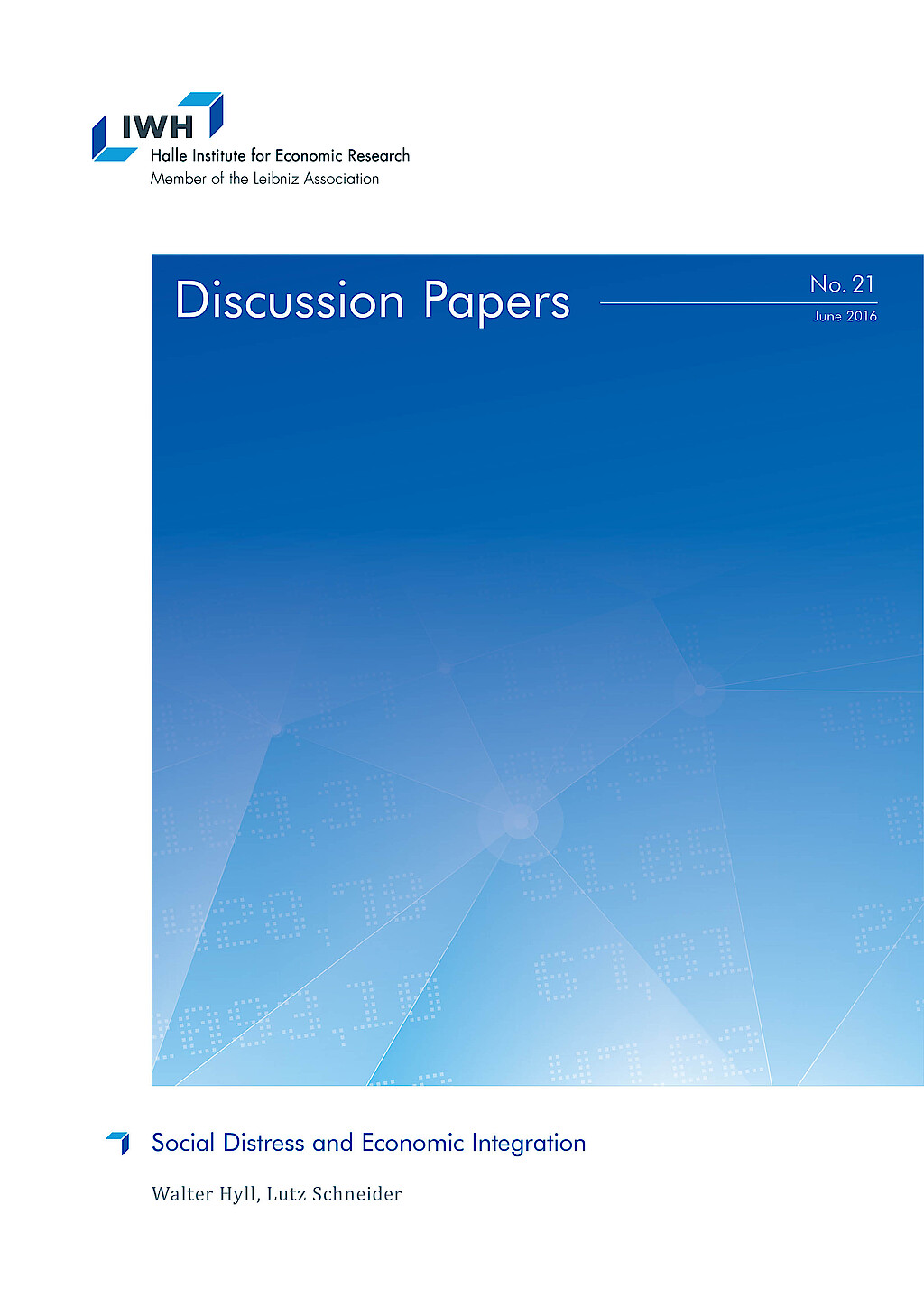
Prekäre Einkommenslagen in Deutschland: Ein Ost-West-Vergleich 1996 bis 2002
Der Beitrag untersucht die Verteilung der äquivalenzgewichteten Nettoeinkommen von Haushalten und Lebensgemeinschaft in West- und Ostdeutschland für die Zeit von 1996 bis 2002 auf der Grundlage der Daten des Mikrozensus. Die Untersuchung gliedert sich in einen deskriptiven Teil, der eindimensionale Maße zur Einkommensverteilung und zur Messung der Ungleichheit diskutiert, und in einen zweiten Teil, in dem auf der Basis eines Logit-Modells Determinanten bestimmt werden, die für prekäre Lebens- und Einkommenslagen ursächlich sein können. Ein besonderes Gewicht wird hierbei auf unterschiedliche Lebensformen und die Anzahl der Kinder gelegt. Die Ergebnisse zeigen ein deutlich höheres Armutsrisiko für Lebensgemeinschaften bzw. Familien mit Kindern im Vergleich zu kinderlosen Paaren.




